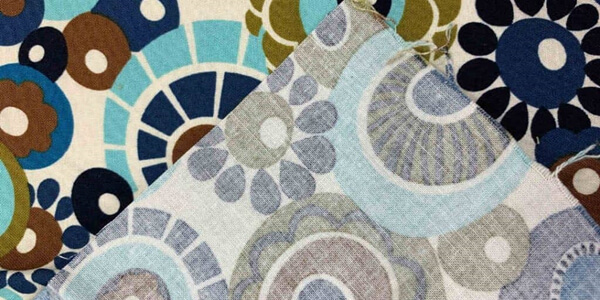
How to Distinguish the Right and Wrong Sides of Fabric
I. Introduction
Importance of knowing the right and wrong sides of fabric Knowing the right and wrong sides of the fabric is essential when sewing clothing or other textile items. It affects the quality and appearance of the finished product. Identifying the right and wrong sides of the fabric is especially important when working with fabrics with a specific texture or pattern.
II. Identifying the Right and Wrong Sides of Fabric
A. Observation of patterns One way to identify the right and wrong sides of the fabric is to observe the pattern. Often, the right side of the fabric will have a more distinct and vibrant pattern than the wrong side. If the fabric has a printed design, the right side will have the design printed clearly, while the wrong side may have a muted or faded appearance.
B. Observation of nap Another way to identify the right and wrong sides of the fabric is to observe the nap. Nap refers to the direction of the fibers on the fabric's surface. Fabrics with a nap, such as velvet or corduroy, will look and feel different depending on the direction of the nap. When rubbing your hand across the fabric, the direction that feels smoother is typically the direction of the nap, which is the right side of the fabric.
C. Observation of selvage edge The selvage edge, or the finished edge of the fabric, can also be used to identify the right and wrong sides of the fabric. The selvage edge is created during the weaving process and is usually a different texture or color than the rest of the fabric. The right side of the fabric will typically have the selvage edge on the top or bottom, while the wrong side will have it on the sides.
Understanding how to identify the right and wrong sides of the fabric is crucial in ensuring the quality and appearance of your finished project. By observing patterns, nap, and selvage edges, you can easily determine the right and wrong sides of the fabric and sew.
III. Special Fabrics
Knowing the right and wrong sides of the fabric is particularly important when dealing with special fabrics. Here are some examples of fabrics that require extra attention:
A. Pile fabrics: Pile fabrics such as velvet, corduroy, and chenille have a distinct pile or nap, which means the fibers are raised in one direction. Run your hand over the fabric's surface to identify the right side of a pile of fabric. The right side is where the fibers feel smooth, and the nap runs downward. The opposite side is the wrong side.
B. Sheer fabrics: Sheer fabrics such as chiffon, georgette, and organza can be difficult to identify. One way to distinguish a sheer fabric's right and wrong side is to hold it to the light. The right side will be more opaque, and the wrong side will be more translucent.
C. Printed fabrics: Printed fabrics can be challenging to identify because the right and wrong sides may look very similar. However, if you look closely at the edges of the print, you may notice that the colors are more vibrant on the right side. Another clue is that the print may appear slightly blurred or less defined on the wrong side.
By paying attention to these special fabrics and using the abovementioned techniques, you can accurately identify any fabric's right and wrong sides.
IV. Tips for Sewing with Fabric
Knowing the right and wrong sides of the fabric is crucial for sewing. Here are some tips to help you avoid mistakes:
A. Importance of identifying the right and wrong sides
- Always double-check: Before you start sewing, ensure you have correctly identified the right and wrong sides of the fabric.
- Mark the fabric: Use chalk or a fabric marker to mark the right side of the fabric. This will help you avoid confusion later on.
- Check the pattern instructions: The instructions usually indicate which side of the fabric should face up or down.
B. Tips for avoiding mistakes when sewing
- Pin the fabric: When sewing, it's important to pin the fabric with the right sides facing each other. This will ensure that the seams are on the inside of the garment.
- Check the direction of the nap: If you're sewing with a fabric that has a nap, cut all the pieces in the same direction. This will prevent the finished garment from looking uneven.
- Be careful with sheer fabrics: Sheer fabrics can be tricky to sew with. Use a lightweight needle and avoid using heavy or dark-colored thread, as it can show through the fabric.
Following these tips ensures your finished garment looks neat, tidy, and professional.
V. Conclusion
In summary, identifying the right and wrong sides of the fabric is essential when sewing garments. Observation of patterns, nap, and selvage edges are some methods that can be used to distinguish between the sides. Special piles, sheer, and printed fabrics require additional attention to identify the right side. It is important to remember that correctly identifying the right and wrong sides of fabric can impact the quality and appearance of the final product. Therefore, paying attention to these details is essential when purchasing and sewing with fabrics.
